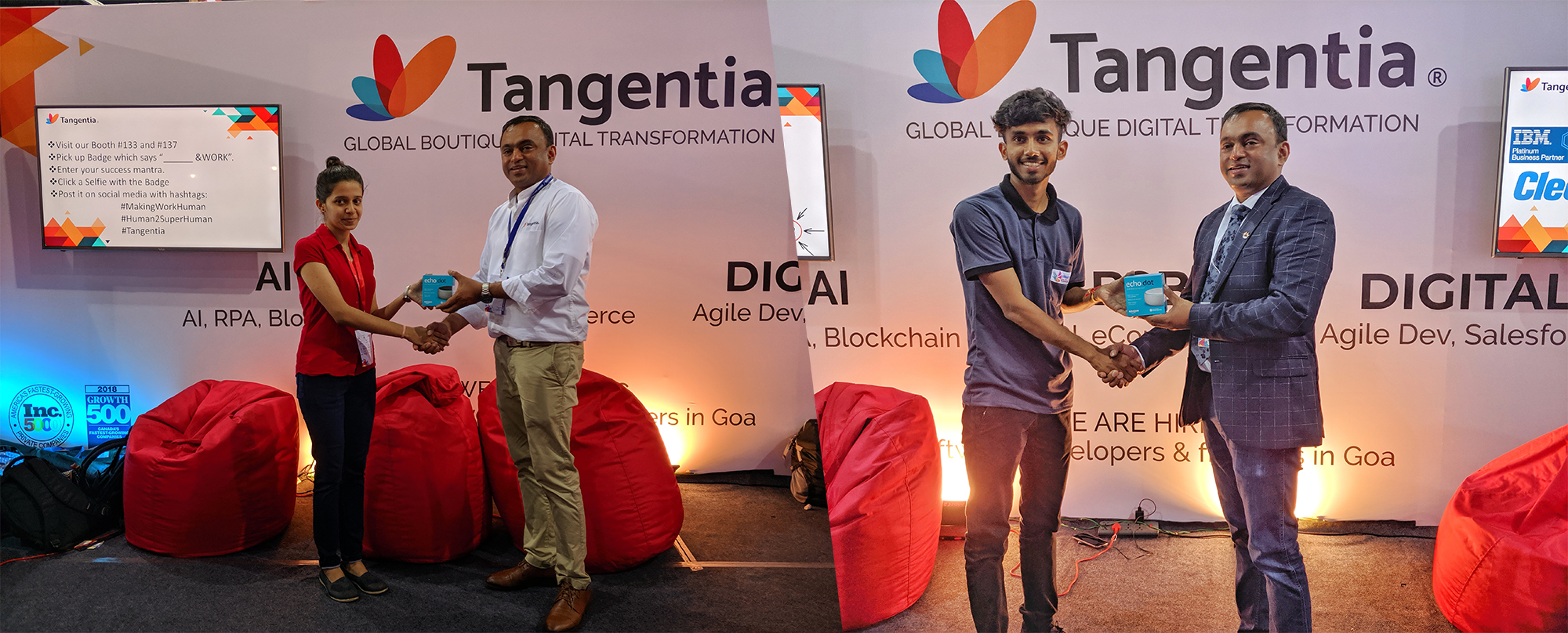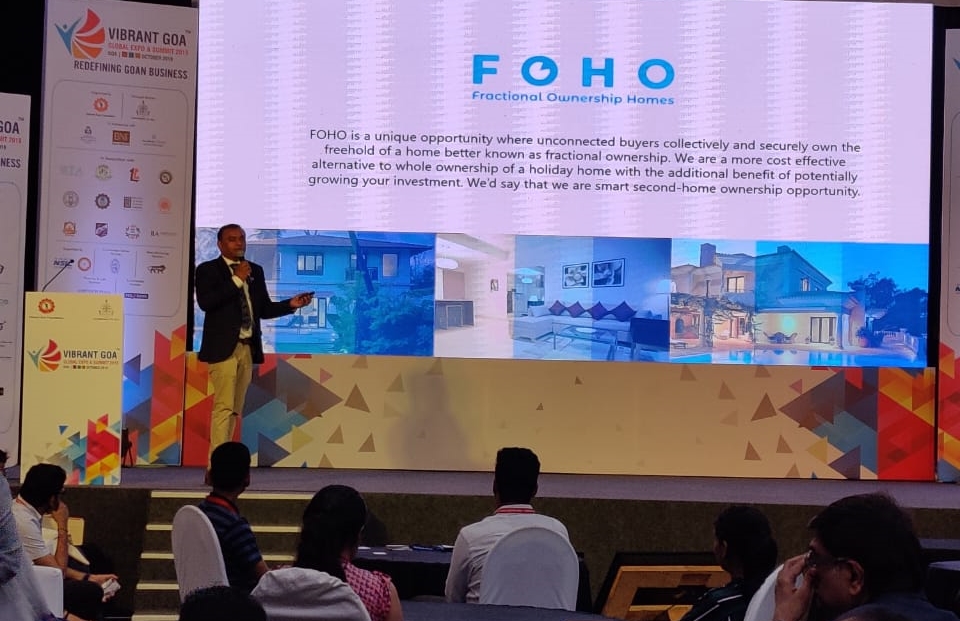One fact we can’t ignore is that we never know what is waiting for us in the future. If the current COVID-19 pandemic has taught us anything, it has taught us that. Whether it is a pandemic, natural disaster, war or another potential unknown, there is always the possible repercussion of economic uncertainty and a disruption in work routines and productivity within a company.
Fortunately, Robotic Process Automation (RPA) is a technology that can help companies in any industry maintain operational efficiency during difficult times, at the same time improving employee health and safety in the workplace. And with 2020 well under way and turning out far different than anyone expected, it is time for a serious shift in how we use automated technology.
What RPA Can Do
RPA has the capacity to automate many of the repetitive tasks humans typically do using a computer, keyboard and mouse. The driver behind RPA is not to replace humans, but to augment human capabilities to improve efficiency and accuracy. Examples of the types of tasks that can be automated include:
- Filling in forms and updating databases
- Automate the billing process
- Customer account management
- Automate the verification and auditing process
- Detect fraudulent invoices and transactions
The key here is that companies identify end-to-end business processes that can be automated in part or in full and determine how RPA can be implemented to improve these processes. This includes determining how RPA can help pick up the slack in situations where employees are unable to work.
This is critical even when a company has taken measures to allow people to work from home, because no matter where they do their work, employees can still get sick. In contrast, RPA bots never get sick and are on the job 24/7.
Proper RPA Implementation
It is important to understand that while RPA is highly effective in helping a business automate processes and tasks that would otherwise be tedious for humans, it is not the answer to everything. Not every task can or should be automated, and companies must take a close look at their processes to determine what can be fully automated and what requires a mixture of automation and human interaction.
In addition, it can be easy to view only the short-term results of RPA implementation, without taking the time to understand how it can impact the company over the long-term. For this reason, it is important for a company to launch RPA implementation with the use of a comprehensive strategy that includes the following:
- A full assessment of processes within the company that are good candidates for automation. This includes both back office and front office processes that relate to core competencies and that are relevant to customers, as well as employees.
- The creation of a specialized team to manage the complex nature of RPA implementation. This means monitoring RPA performance and gaining new information that will help them continuously improve RPA initiatives.
Timing Is Everything
The bottom line is simple. The world of business is increasingly full of uncertainty, yet companies are required to maintain high profits while keeping costs down. This will require the innovative use of technology to automate as many processes as possible, thus cutting costs. RPA is one of the best resources we have to maintain productivity and lower costs during both normal and challenging times.
However, it is critical that companies be proactive. It takes time to adopt and implement an RPA solution, to integrate it with existing systems and processes. Instead of waiting for tough times to rear their ugly head, it is important to capture the true value of RPA now. That way you can go about the implementation the right way, without the pressure of staff shortages and economic instability hanging over you.
Get Started Today
Tangentia is a Platinum Partner of IBM and well as partners with Automation Anywhere, UI Path, Blue Prism, Adobe, Microsoft, Salesforce, Amazon and leading enterprise software vendors. We work with customers globally with offices in Canada and India to implement their RPA strategies using an agile methodology.
Read Now



























































